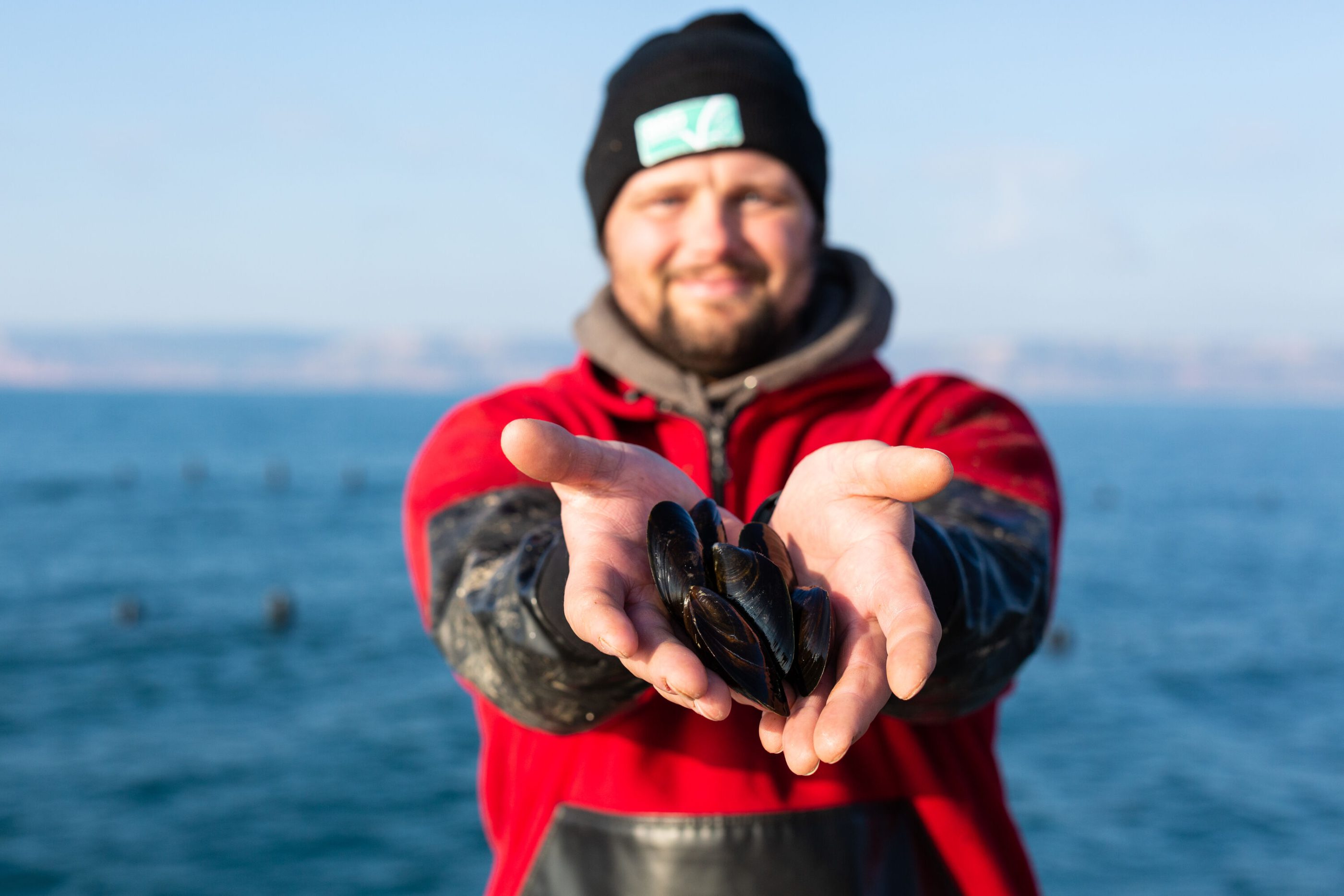
ASC Continues its Christmas Seafood World Tour
December 19, 2019
By Jack Cutforth, ASC Media Manager
At ASC this month we’ve been celebrating some of the diverse seafood traditions celebrated in different countries. Last time we covered France and Australia, and we’re continuing our journey in Ecuador. Read Part One here.
Ecuador: Feliz Navidad!
Like Australia, Ecuador is another country where you’re not likely to see snow on Christmas Day (or any other day unless you’re up a mountain). Marcelo Hidalgo, ASC’s Standards Coordinator, confirms that “Christmas and New Year is beach time! Therefore we eat ceviche and prawns in garlic sauce.”
Marcelo knows a thing or two about ceviche – he made some for ASC colleagues recently using his family recipe. You can read more about that, and find a recipe for ceviche if you’d like to try your own, on our blogs page.

Like many other countries, in Ecuador the biggest Christmas meal is usually held on Christmas Eve (Noche Buena) rather than Christmas Day. As well as a feast, many communities celebrate Pase del Niño on Christmas Eve, a procession with music, dancing, and a statue of Jesus which is paraded through the town.
Spain: Feliz Navidad / Bon Nadal / Bo Nadal / Eguberri on!
Another enthusiastic response from my colleague Marcos Moya, who is ASC Commercial Manager for North America and Spain. “The traditional Christmas dinner in Spain is about seafood and seafood only!” he reports.
As with many traditions, Christmas Dinner (Cena Navidad), can vary greatly depending on what region of Spain you are in. So here is a very brief and certainly not comprehensive rundown of a few popular examples.
In the Basque Region, a popular traditional dish is Hake Koskera. This simple dish involves fish steaks (traditionally hake) cooked in a clay pot or casserole dish with a number of other ingredients, with many choosing to add clams and shrimp. Some will also substitute the hake with salmon – ideal if you’re looking for an ASC certified Christmas feast!
Another seafood-loving region is Galicia, situated as it is on the northwest coast of the country. Seafood is especially prominent in the Christmas Eve meal (Noiteboa). This main course has traditionally centered around salted cod, but in recent times this has been replaced in many households with other fish such as sea bream. Incidentally, a growing number of retailers in some European countries are now selling ASC certified seabass and sea bream after the first farms were certified this year. You can give these producers a Christmas present by looking for the ASC label and rewarding their responsible practices. But it’s the starters where Galicians really celebrate their marine heritage – everything from spider crabs to langoustines and garlic fried shrimp are all popular. One of the most iconic dishes is vieira – the king scallop, cooked in its shell with onions, ham, tomato sauce, and breadcrumbs.

By the way, if you always think Christmas is over too soon, consider a move to Spain, where the celebrations continue until Epiphany on January 6, known as Three King’s Day, or Dia De Los Reyes. In many towns this will be celebrated with a parade, and children will often receive most of their presents on this day. Personally I can see the benefit to postponing those January blues for a little longer.
Italy and America: Buon Natale!
In the spirit of Christmas togetherness, I wanted to end with a tradition that began in southern Italy before being imported to America, where it has become even more widespread than in the country it originated from.
The Feast of the Seven Fishes (Festa dei sette pesci, in Italian but known in Italy as La Vigilia meaning The Vigil) is a Christmas Eve celebration involving, as you might expect, a lot of seafood. This is a celebration surrounded by mystery: no one knows where the number seven comes from (the seven sacraments? The seven hills of Rome?) And anyway, many families don’t limit themselves to seven dishes at all – it is simply a celebration featuring a whole lot of seafood. But let’s face it, The Feast of a Whole Lot of Seafood isn’t as good a name. One thing we can be fairly sure of is that as with many seafood-based traditions, the origins of this one are likely in the Catholic practice of abstaining from meat on Christmas Eve.
So what seafood features? Well, when you’re cooking at least seven different dishes, you’re going to be using a lot of different seafood. To name but a few popular dishes (that also happen to be available as ASC certified species), you can choose from clams – in breadcrumbs or with linguine are both popular options, deep fried shrimp or scallops, oyster shooters, and prawn cocktails.

The meal will often be centered around a large baked fish. This has traditionally been cod, but in recent years alternatives have become popular. If you want to give the feast a go, a great option would be seabass or sea bream – as suggested by the New York Times food columnist Melissa Clark.
And with that our Christmas tour comes to an end. I hope you’ve enjoyed it, and I hope that you’ll be inspired to try some seafood this Christmas, wherever in the world you’re reading this. However you enjoy your seafood, if you would like to reward responsible producers just look out for the ASC logo. And have a great Christmas from everyone at the ASC team.



